As 2017 ends, we consider how emergency response and management continues to grow and change. New technology, equipment, and procedures are making a big impact on the public safety industry. As we move into 2018, here are three key emergency response areas that industry leaders should be aware of.
Cancer Prevention Initiatives
The more that scientists learn about the human body and how it works, the greater we realize the dangers that first responders face.
Data shows an alarming rise in cancer rates for firefighters in the US. Aside from the inherent dangers of the fire service, many are pointing to poor or outdated health and safety practices as another contributing factor.
Whereas dirty turnout gear used to be a “badge of honor” in some departments, the risk of carcinogens has led to a new focus on keeping protective clothing clean to limit exposure.
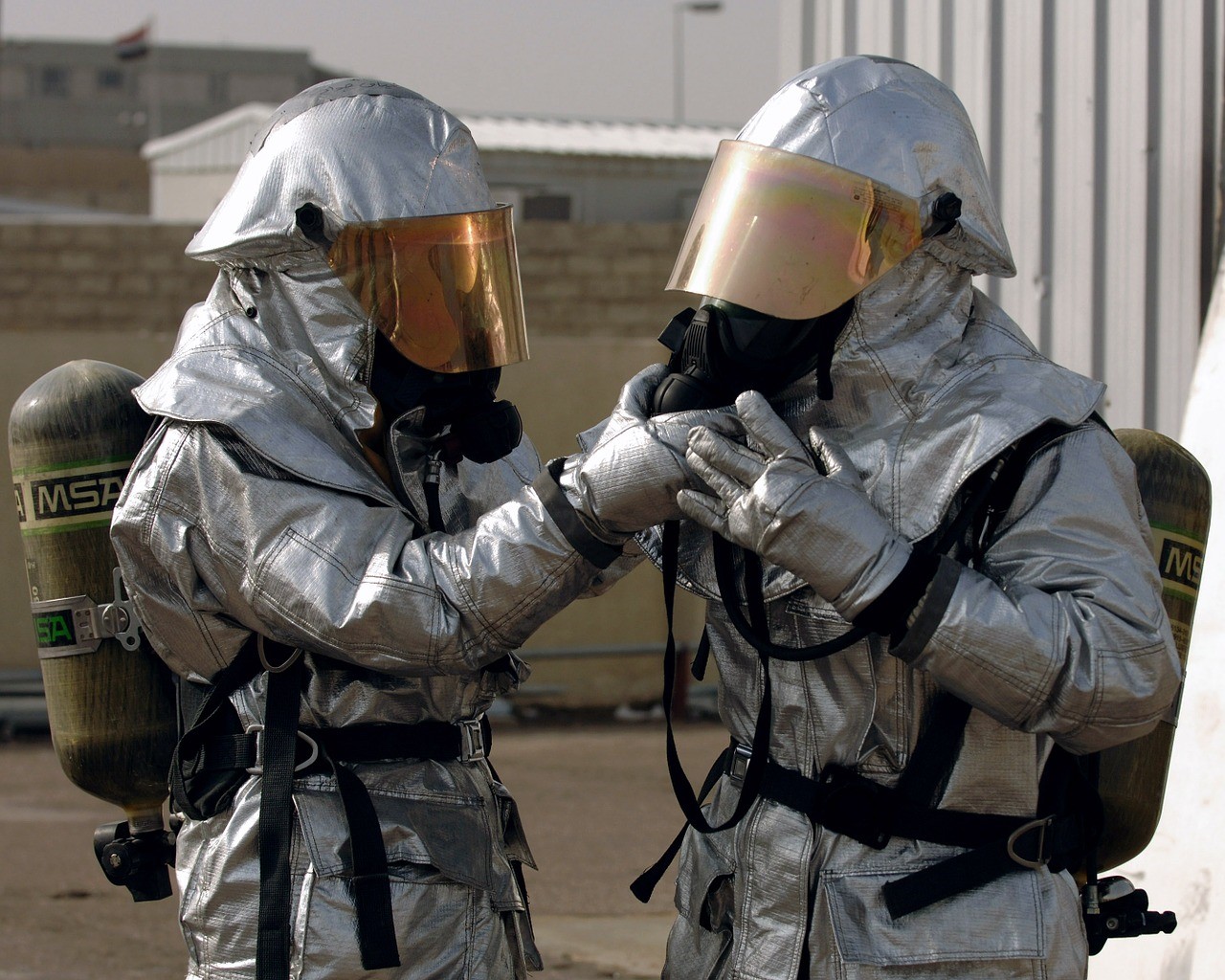
Many public safety organizations are recommending that first responders take specific measures to remove toxins and hazardous materials from personal protective equipment.
In addition, some departments are implementing new initiatives to prevent cancer and promote safer turnout gear procedures. As cancer research continues and we learn more information, expect to see similar procedures implemented in departments across the country. If your department doesn’t currently have cancer prevention strategies in place, consider making it a focus in the coming year.
Greater Use of Data
“Data” can seem like a murky topic. What does it really mean and how is it used? In the emergency response industry, data is playing an increasingly important role.
With powerful technology, data scientists can analyze a great deal of data at once and represent that information in a clear, easy-to-understand format. For instance, companies can use data to learn more about where incidents occur and how to help constituents during large-scale disasters.
For instance, new technology in New Jersey uses historical 911 data to predict when and where an incident will occur. Their predictive model helps dispatch units effectively and lower response times for paramedics.
Another example comes from data collection and aggregation company Appallicious, which launched the Disaster Assessment and Assistance Dashboard (DAAD). The dashboard connects data from public safety agencies, federal information centers, and private citizens to keep responders and constituents informed. The dashboard uses the data to show the location of relief locations, roadway conditions, weather notifications, and details on hospital and emergency first response centers.
Data also helps departments prepare for incidents. As new building materials become popular in residential and commercial structures, the risk of fire burn and building collapse become higher.
Analysis of past incidents can help agencies predict future fire behavior and implement tactics to mitigate risk factors.
Both agencies and non-profit organizations are focused on using information from past incidents for future emergency training and preparation.
These are just several instances of how data is being used in the emergency response space. There are many ways that public safety agencies and first responders can use critical information to inform their decision-making and save lives.
In the coming months, public safety leaders should be on the lookout for more ways that data science can affect emergency response and connect separate pieces of information.
Role of Social Media
During 2017, we saw how social media was used to request aid, coordinate volunteers, and send status updates during major natural disasters.

New technology allows public safety agencies to test how they would use social media in an emergency – without scaring their jurisdiction into a frenzy by posting alerts on their actual accounts. Web portals let departments simulate traditional social media channels and make sure they have effective strategies to share information should a major incident occur.
The Federal Emergency Management Agency (FEMA) has also increased its use of social media to coordinate information. Compared to the operational and communication challenges of Hurricane Katrina in 2005, FEMA’s newfound social media and tech presence suggests that the agency will continue to find creative, adaptable ways to share information.
While traditional communication channels are still critical for emergency response, it will be important to monitor the effect of social media and other new avenues.
As technology continues to change, we should expect to see a number of new developments in the public safety industry. In the next year, keep an eye out for these and other significant advances that will affect emergency response. As you move forward, consider how new programs, technology, or gear might benefit your own department.
If you enjoyed this post, check out the following:
3 Things Drones Teach Us About Public Safety Technology
How First Responder Technology Reduces Injuries and Line-of-Duty-Deaths

Alex Menkes is the CEO of Adashi Systems. He has numerous years of experience in the public safety industry, having previously led the CBRE automated decision aid software department at OptiMetrics, a leading developer of CBRN hazard decision-aid software for military use.
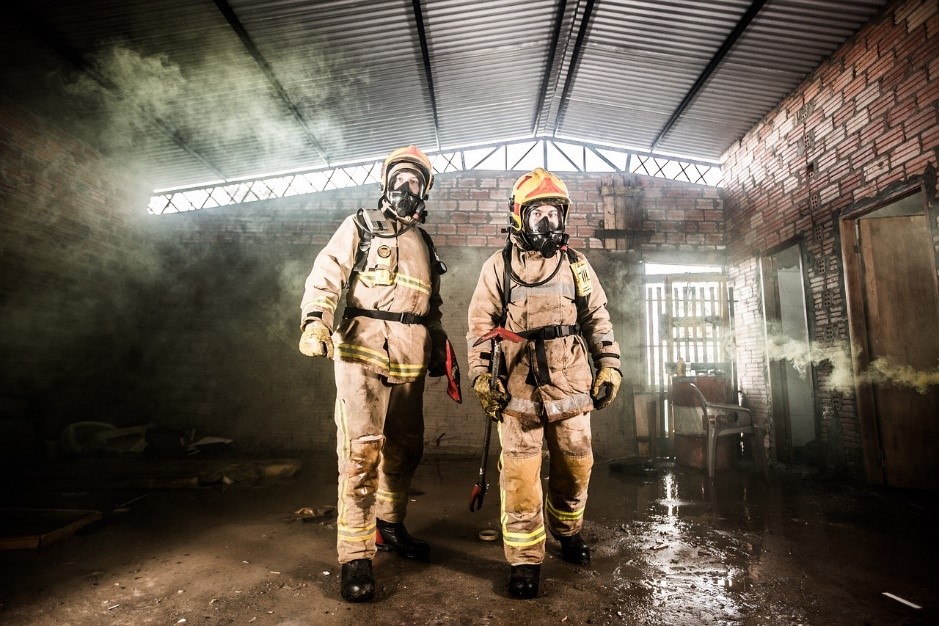
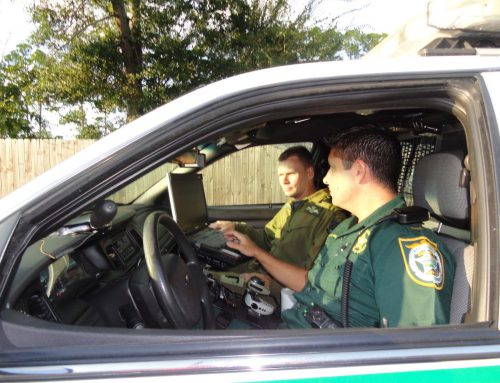


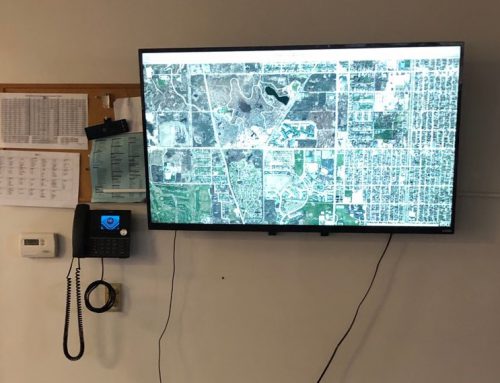
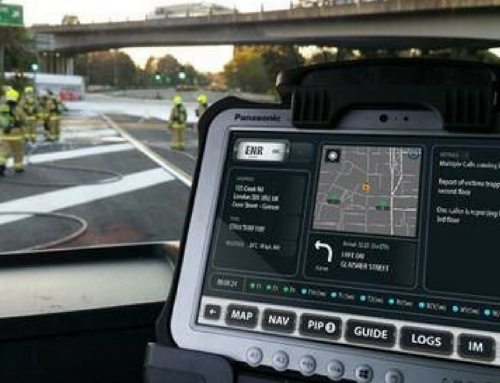
Leave A Comment
You must be logged in to post a comment.